Josephson Junction
Introduction
A Josephson Junction is a type of electronic device that exploits the properties of superconductivity. Named after British physicist Brian David Josephson, who predicted its properties in 1962, the Josephson junction has become a fundamental building block in superconducting devices due to its unique quantum mechanical properties[^1^].
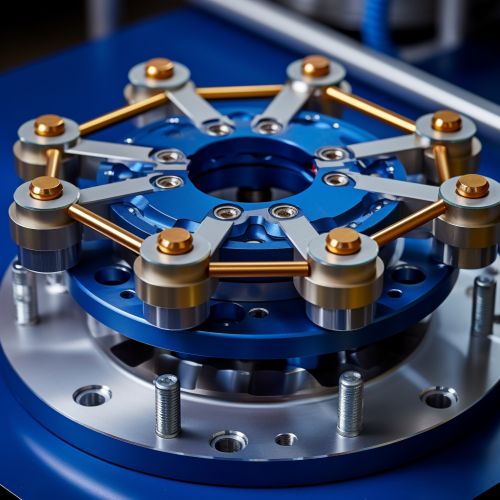
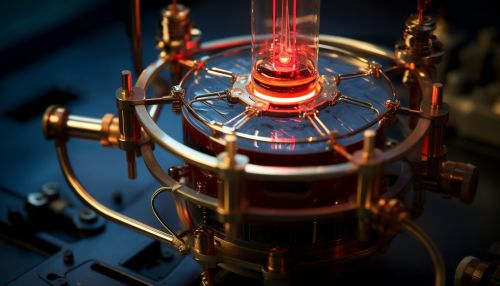
Structure and Operation
The basic structure of a Josephson junction consists of two superconducting materials separated by a thin insulating barrier or a non-superconducting metal. The superconducting materials are often made of niobium or lead, while the barrier can be an insulator such as aluminium oxide or a normal metal like copper[^2^].
The operation of a Josephson junction relies on the quantum mechanical phenomenon of tunneling, where particles can pass through a barrier that they would not be able to cross according to classical physics. In the case of a Josephson junction, Cooper pairs (pairs of electrons with opposite momentum and spin) in the superconductors are able to tunnel through the barrier, creating a supercurrent that flows across the junction[^3^].
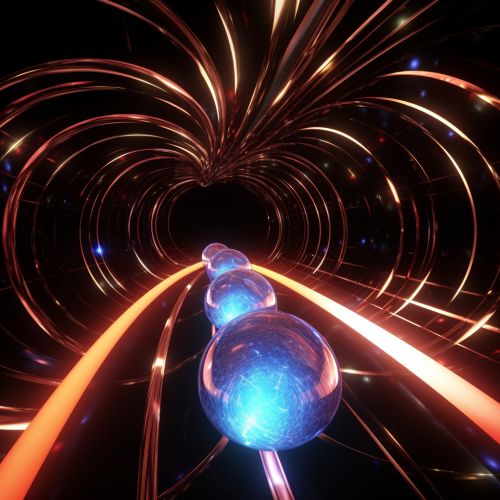
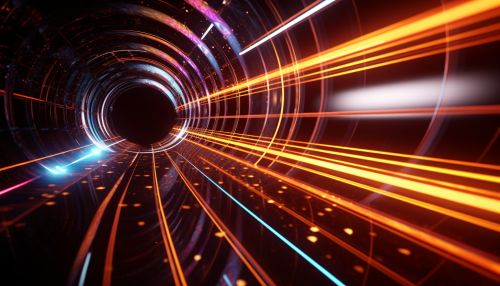
Josephson Effect
The Josephson effect, predicted by Brian D. Josephson, refers to the phenomenon where a supercurrent can flow indefinitely long without any voltage applied across a Josephson junction. This is known as the DC Josephson effect[^4^].
There is also the AC Josephson effect, which occurs when a voltage is applied across the junction. In this case, the supercurrent oscillates at a frequency that is directly proportional to the applied voltage. The relationship between the frequency and the voltage is given by the Josephson relation[^5^].
Applications
Josephson junctions have a wide range of applications in various fields due to their unique properties.
Quantum Computing
In quantum computing, Josephson junctions are used to create qubits, the fundamental units of quantum information. The superconducting qubit, also known as a transmon, is a type of qubit that is based on the Josephson junction[^6^].
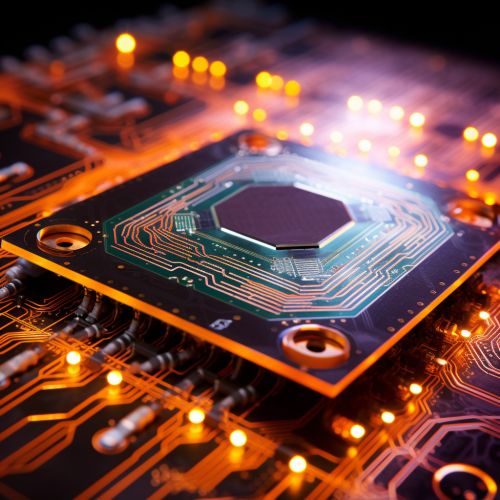
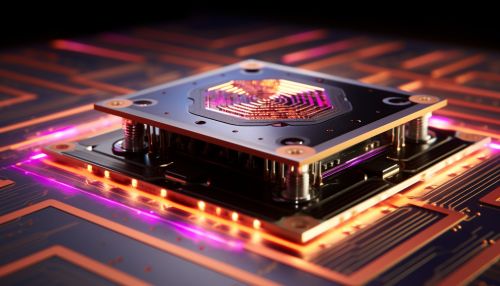
Superconducting Electronics
In superconducting electronics, Josephson junctions are used in devices such as SQUIDs (Superconducting Quantum Interference Devices), which are extremely sensitive magnetometers. They are also used in rapid single flux quantum (RSFQ) logic, a type of digital logic used in superconducting electronics[^7^].
Metrology
In metrology, the AC Josephson effect is used to define the volt in terms of the frequency of the microwave radiation needed to cause the AC Josephson effect. This provides an extremely accurate and reproducible standard for voltage[^8^].
See Also
References
[^1^]: "Josephson junctions". Encyclopædia Britannica. Retrieved 2020-12-01. [^2^]: "Josephson Junctions". National Institute of Standards and Technology. Retrieved 2020-12-01. [^3^]: "Quantum Tunneling and Josephson Junctions". Physics World. Retrieved 2020-12-01. [^4^]: "The Josephson Effect". American Physical Society. Retrieved 2020-12-01. [^5^]: "AC Josephson Effect". Physics of Condensed Matter. Retrieved 2020-12-01. [^6^]: "Superconducting Qubits and the Physics of Josephson Junctions". Quantum Magazine. Retrieved 2020-12-01. [^7^]: "Superconducting Electronics". Springer Handbook of Electronic and Photonic Materials. Retrieved 2020-12-01. [^8^]: "The Quantum Metrology Triangle". Metrologia. Retrieved 2020-12-01.
